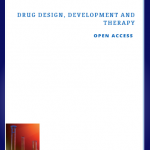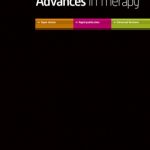J. Sainte-Laudy, N. Boujenaini and Ph. Belon
Confirmation of biological effects of high dilutions. Effects of submolecular concentrations of histamine and 1-, 3- and 4-methylhistamines on human basophil activation
Inflamm Res, 2008, 57 (1), S01-S02

A long series of flow cytometric experiments performed over the last ten years [1–3] has supported the concept of the biological activity of so called high dilutions of histamine, that is solutions which statistically contained no molecules of the solute. Similar results have been obtained in other models, such as the effect of highly diluted aspirin on thrombus formation in laser irradiated rat capillaries [4]. The effect of highly diluted histamine on human basophil activation was systematically observed in the range of the 15th to the 18th hundred-fold dilutions, peaking regularly at the 16th. These results could be explained either by a reproducible artefact or by a specific effect similar to the negative feedback observed at H2 receptors level. Several protocol designs were successively set up in order to explore the specificity of this effect and our group showed, for example, that it was not observed for histidine dilutions or for histamine dilutions tested in the presence of an H2 antagonist (cimetidine). In order to test the artefact hypothesis, we have now used the IgE/CD203c flow cytometric protocol to compare the activity of histamine and 1-, 3-, and 4-methylhistamines on basophils selected by anti-IgE (FITC) and cell activation measured by CD203c upregulation [5].







